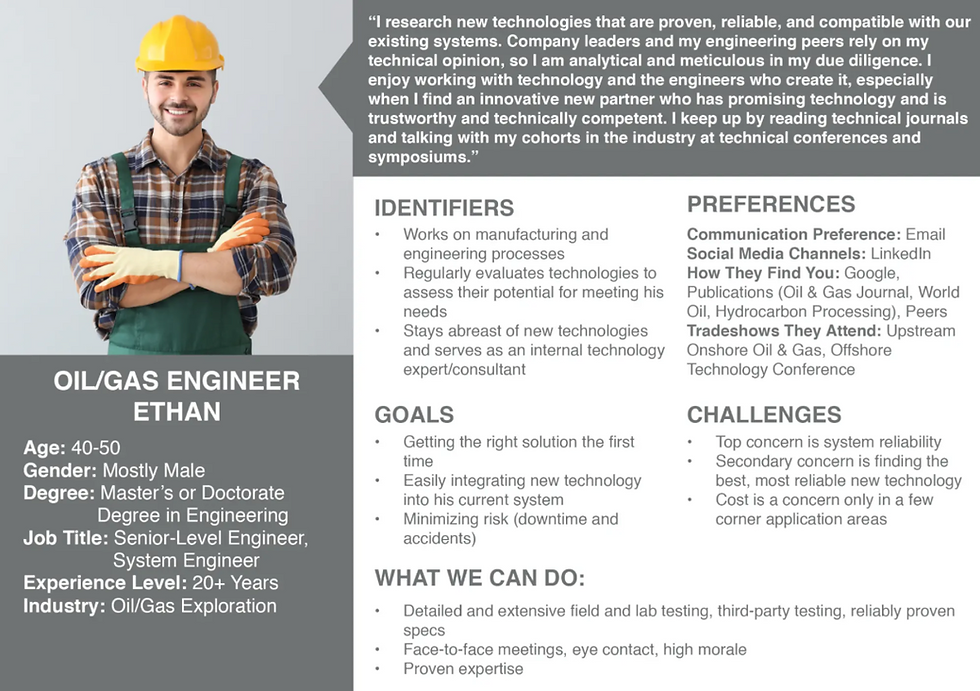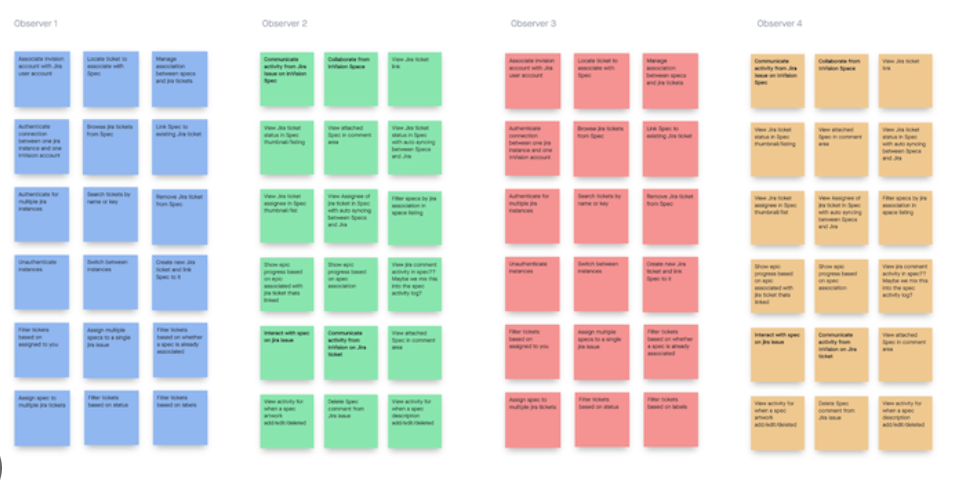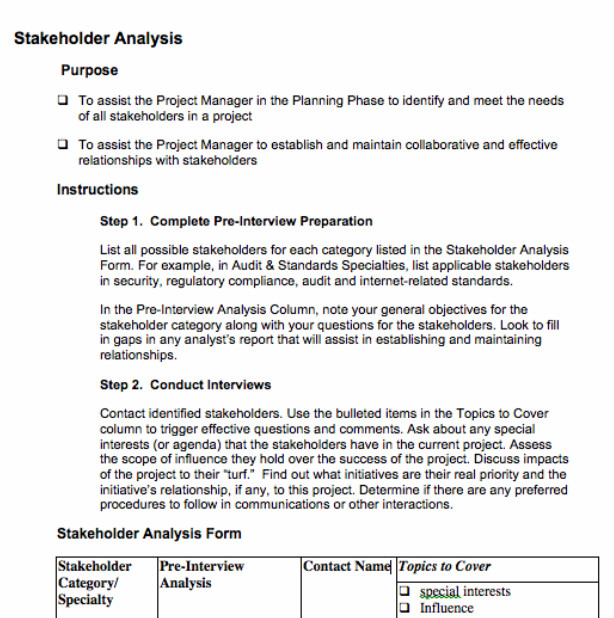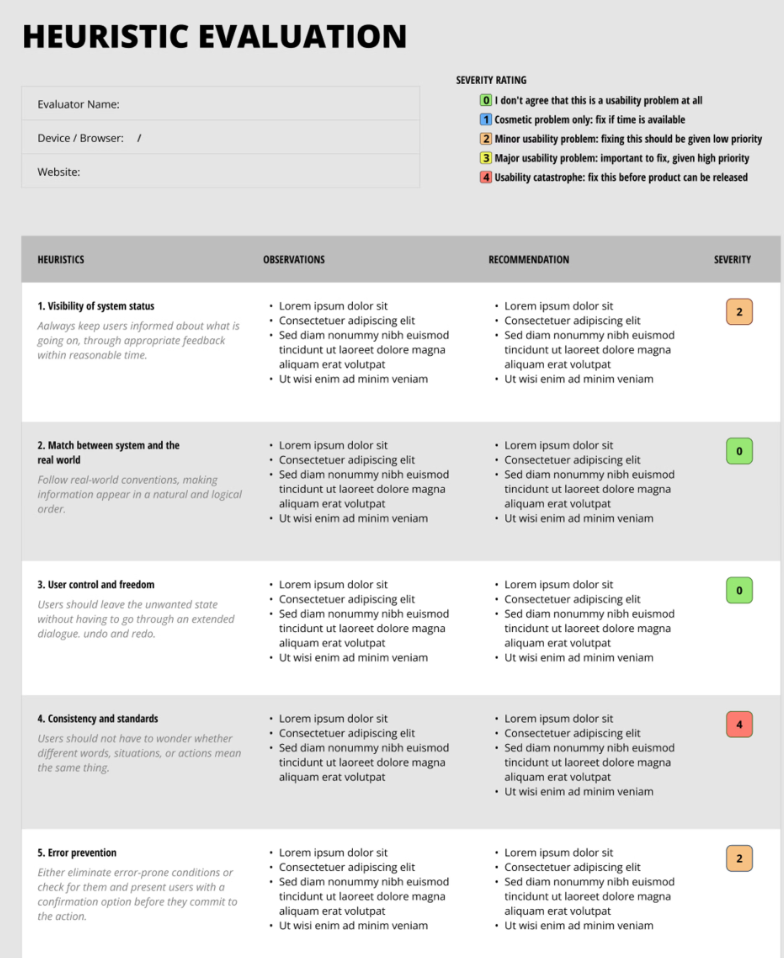Challenges Faced
-
Resistance to change from internal stakeholders
-
Integrating backend legacy systems with new UX
-
Designing for diverse user literacy levels

User Feedback
“This redesign significantly improved our service delivery. Users can now complete permit applications with confidence, and our support staff have more time to focus on complex issues.”
Frankie B.

This is your Testimonial quote. Give your customers the stage to tell the world how great you are!
Frankie B.
Final Product
Feature
Outcome & Impact
-
Step-by-step application wizard
-
Contextual help and FAQs on each page
-
Mobile-optimized layout
-
Accessibility-compliant design
-
Status tracker with email/SMS alerts
-
User Task Completion: Improved from 52% to 94%
-
Drop-off Rate: Reduced by 70%
-
Customer Support Calls: Decreased by 40% in the first 3 months
-
Time to Completion: Reduced average application time from 38 to 15 minutes
Design & Iteration
Wireframes & Prototypes
-
Created low-fidelity wireframes for early testing.
-
Developed an interactive prototype using Figma.
Usability Testing (3 Rounds)
-
Round 1: Early wireframes—participants had trouble locating FAQs.
-
Round 2: Mid-fidelity prototype—confusion around document upload requirements.
-
Round 3: High-fidelity—90% task completion, users praised progress indicators and mobile responsiveness.
Key Iterations Made
-
Replaced long text blocks with expandable help icons and tooltips.
-
Reorganized content into a clear 5-step flow with visual progress bar.
-
Integrated a real-time status tracker after submission.
Strategy & Planning
Design Goals
-
Simplify the form and break it into logical, digestible steps.
-
Provide contextual help and plain language explanations.
-
Improve accessibility (WCAG 2.1 Level AA compliance).
-
Reduce permit submission errors and customer service calls.
Personas Developed
-
“Engineer Ethan”: Frequent user, values speed and documentation tools.
-
“Homeowner Amy Vaugn”: First-time user, needs reassurance and clear guidance.





Research Methodologies Used

Conducted 8 interviews with city staff including permit clerks and building inspectors.

12 participants (6 homeowners, 6 contractors) shared pain points.

Identified issues in navigation, error prevention, and visual hierarchy.

Revealed a 62% drop-off rate on Step 3 of the application.

Low-fidelity Wireframes

High-fidelity Wireframes

Clickable Prototype
Discovery & Research
Problem Statement
The existing permit system was outdated, hard to navigate, and not mobile-friendly. Users frequently abandoned the process mid-way or called customer service to complete applications.
Research Methods Used
-
Stakeholder Interviews: Conducted 8 interviews with city staff including permit clerks and building inspectors.
-
User Interviews: 12 participants (6 homeowners, 6 contractors) shared pain points.
-
Heuristic Evaluation: Identified issues in navigation, error prevention, and visual hierarchy.
-
Google Analytics Audit: Revealed a 62% drop-off rate on Step 3 of the application.
Key Insights
-
Users found the application form overly long and confusing.
-
Permit guidelines were buried and used legal jargon.
-
Contractors needed status updates and clear documentation upload instructions.
-
Residents wanted mobile access and estimated approval timelines.
Redesigning the Online Permit Application System for a Municipal Government
Client: City of Richmond Hill (Municipal Government)
Role: Lead UX Designer & Researcher
Duration: 5 months
Team: UX Designer (me), 1 Product Manager, 2 Developers, 1 Service Advisor
Goal: Improve the user experience of the city’s online building permit application system to make it more accessible, faster to use, and aligned with the needs of both residents and contractors.


